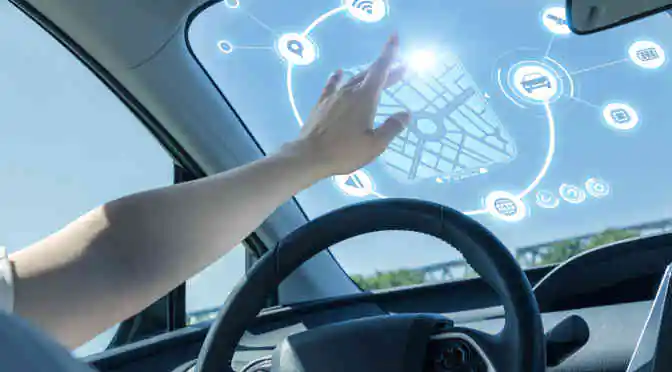Location-based services were once the domain of the outdoors, with Google Maps quickly securing the top spot among digital mappers. But it turns out that we, as humans, are not only useless at finding our way outside, we also have issues indoors.
So now the race is on to map not only our streets, but our malls, museums, and hospitals as well. And as much as we joke, the appearance of indoor LBS has less to do with helping people find their way, and much more to do with business.
The technology is primarily being leveraged for advertising and analytics, in order to to help businesses connect better with their customers and ultimately sell more product.
Technavio’s analysts have taken a close look at some of the top trends and key vendors that are expected to impact indoor LBS, and contribute to a CAGR of 29.70% from 2014-2019 in the global market.
Bluetooth Powered Beacons
Bluetooth beacons are used to provide micro location-based information to devices. They are more power efficient than a traditional beacon, and have longer battery lives.
The best current example of this is Apple’s iBeacon, which was launched last year. The iBeacon can detect iOS 7 and iOS 8 devices, but is also compatible with Android and Windows phones. In terms of retail applications, it simplifies payment options and provides on-site offers to customers.
Next-Gen LED Fixtures for LBS
Indoor LBS that use LED fixtures are a recent market trend. The technology is based on the on-off cycles of LEDs, which are able to transmit data to a smartphone’s camera without the customer detecting the light change.
Next-Generation Analytics
Indoor LBS helps businesses track their customers’ behavior, buying patterns, spending behavior, number of store visits, and more. These details are used by retailers to analyze and give offers or discounts and promotions accordingly, which in turn drive business to retail outlets.
3D Indoor Locations Using Motion Sensors
One of the biggest recent trends in indoor LBS is 3D navigation done with the help of motion sensors. The technology gathers data from the inertial sensors in mobile devices like accelerometers and gyroscopes, in order to provide a 3D navigation system.
Location-Based Services: Who’s Who of Indoor LBS
Chances are you’re already pretty familiar with the top dogs in LBS—Apple, Google, Nokia’s HERE and even Micello.
But the popularity of LBS is leading to an influx of new vendors with specific focuses and innovative products. These vendors include, but aren’t limited to:
For a full, detailed list of market drivers, challenges and trends, as well as key vendors check out Technavio’s global indoor LBS report.



